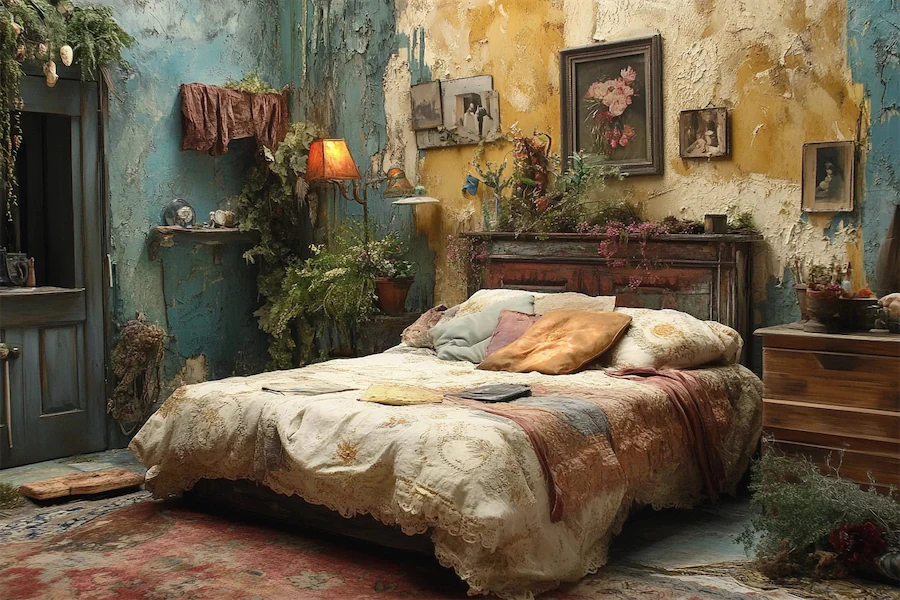Incorporating texture into bedroom design adds depth, warmth, and visual interest, transforming a simple space into a cozy and inviting retreat.
History and Origins of Textured Bedrooms
The use of texture in interior design has evolved over centuries, with different cultures employing various materials and techniques to enhance living spaces. From the intricate tapestries of medieval Europe to the minimalist textured walls of Japanese interiors, texture has been a fundamental element in creating ambiance and character in bedrooms.
Key Features of Textured Bedrooms
- Textured Wall Finishes: Applying materials like wood paneling, stone cladding, or textured wallpapers can create a focal point and add dimension to the room.
- Layered Bedding: Combining different fabrics such as linen, wool, and cotton in bedding introduces tactile variety and comfort.
- Rugs and Carpets: Incorporating area rugs with varied weaves or patterns adds softness underfoot and contributes to the room’s textural palette.
- Decorative Accessories: Elements like throw pillows, curtains, and upholstered furniture in diverse materials enhance the sensory experience of the space.
Applications of Textured Bedrooms
- Rustic Designs: Exposed brick walls or reclaimed wood panels can evoke a cozy, cabin-like atmosphere.
- Modern Interiors: Sleek textured wall finishes, such as concrete or geometric patterned wallpapers, add sophistication and depth to contemporary bedrooms.
- Bohemian Styles: A mix of textiles, including macramé wall hangings and layered rugs, creates a relaxed and eclectic vibe.
Considerations When Designing Textured Bedrooms
- Balance: It’s essential to balance textures to avoid overwhelming the space; combining smooth and rough surfaces can create harmony.
- Color Coordination: Selecting a cohesive color palette ensures that the various textures complement rather than clash with each other.
- Maintenance: Some textured materials may require more upkeep; choosing options that align with your maintenance preferences is important.
Conclusion
Incorporating texture into bedroom design enriches the sensory experience and adds character to the space. By thoughtfully selecting and combining textured elements, you can create a bedroom that is both aesthetically pleasing and comfortable.
